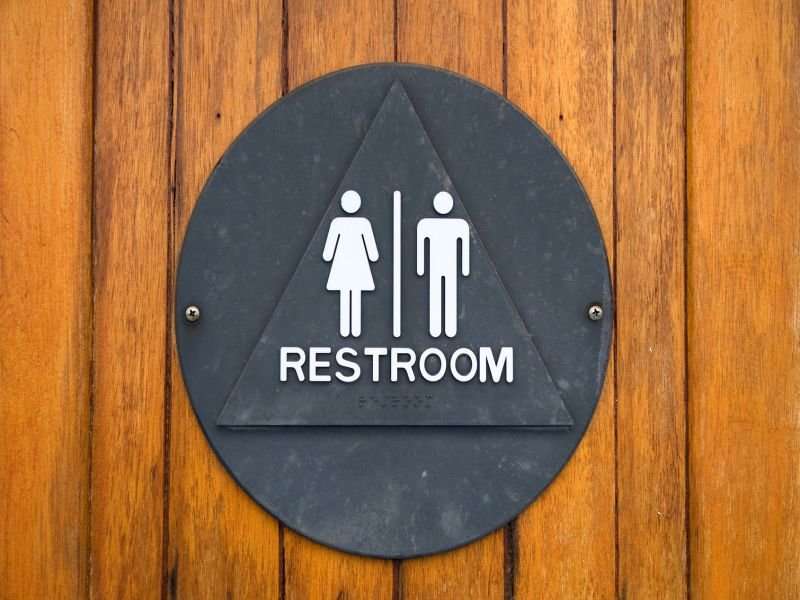AUA: Most women report dysfunctional toileting behaviors

(HealthDay)—Many women report dysfunctional toileting behaviors, which are associated with lower urinary tract symptoms, according to a study presented at the annual meeting of the American Urological Association, held from May 18 to 21 in San Francisco.
Casey G. Kowalik, M.D., from the Vanderbilt University Medical Center in Nashville, Tenn., and colleagues recruited 2,215 women to complete online questionnaires, including the Toileting Behavior Scale and International Consultation on Incontinence Questionnaire for Overactive Bladder (ICIQ-OAB). Dysfunctional toileting behaviors were categorized as premature voiding, delayed voiding, and straining to void.
The researchers found that 99.9 percent of respondents reported a place preference for voiding, with 10.5 percent always avoiding public restrooms. Overall, 79.9, 64.5, and 97.8 percent reported premature voiding, straining to void, and delayed voiding, respectively. Being busy or at work were reasons for delayed urination at least sometimes (84.5 and 37.6 percent, respectively). ICIQ-OAB scores were significantly positively correlated with all dysfunctional toileting behaviors, with the strongest correlation for premature voiding.
"Nearly all women in our sample endorsed dysfunctional toileting behaviors with voiding," the authors write. "Further study is needed to explore the effects of dysfunctional toileting behaviors on the development or worsening of lower urinary tract symptoms in adult women."
More information:
Press Release
More Information
Copyright © 2018 HealthDay. All rights reserved.


















